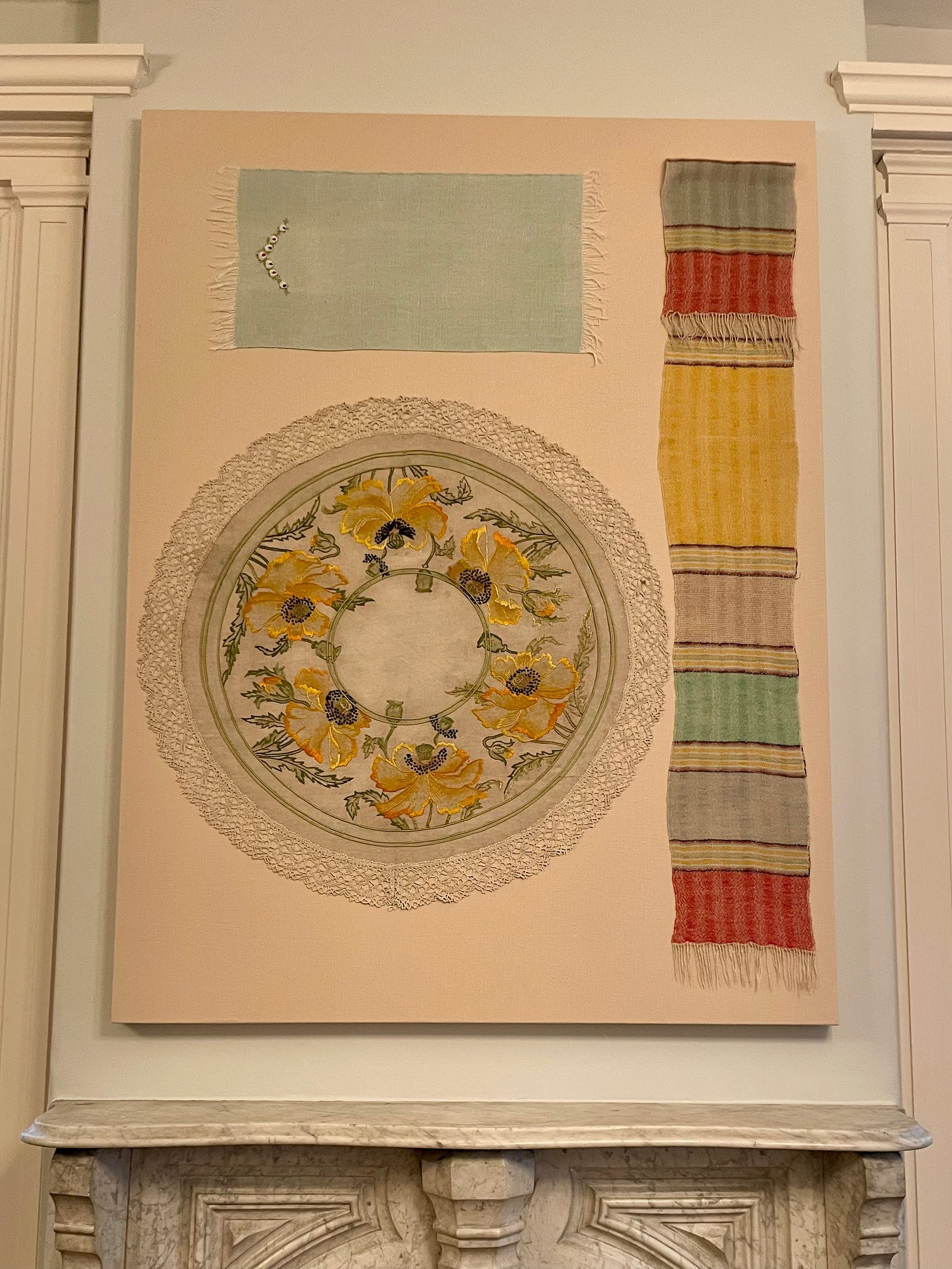Greetings!
I’m writing this from “it’s 43 but feels like 29 degrees” Chicago. Yesterday, there was snow, hail, rain, wind (so much wind!), and a double rainbow in the span of 3 hours. I love the chaos of a good storm with the scattered leaves and clouds racing through the sky.
Cold weather means hats, and scarves, and good socks. In honor of the labor of everyone involved in making these warm gifts for us, I decided to dedicate this Deep Dive to weavers. This is part 2 of a 4 part series on Hull-House. Last week, we talked about Jane Addams and part of her legacy. This week, we’ll explore the role that art and craft played in the Hull-House community.
Bookbinding and Education
Keep reading with a 7-day free trial
Subscribe to Kymberlee della Luce to keep reading this post and get 7 days of free access to the full post archives.




